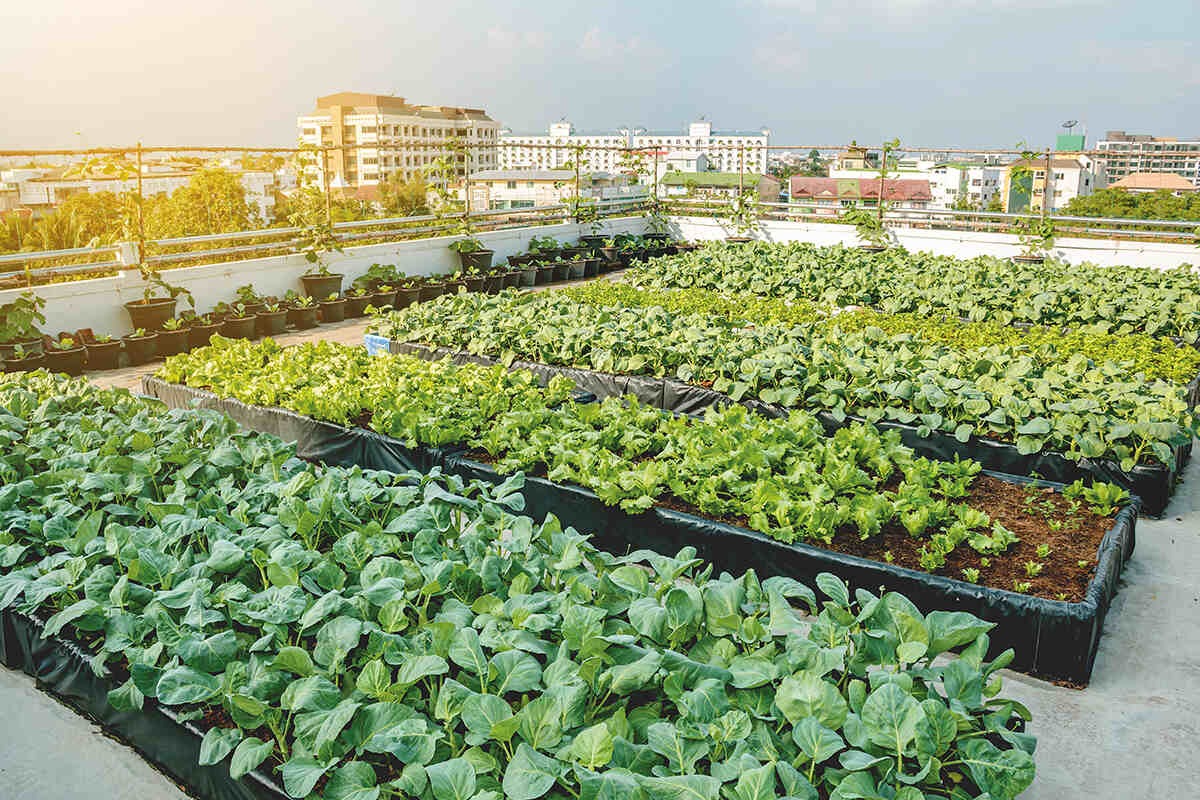City skylines are being altered as designers and horticulturists join hands to include green gardens in modern skyscrapers. This latest fad of vertical gardening not just makes the building appear beautiful, but it also helps in cleaner air, reduced noise pollution, and offers wildlife habitats among urban cities.
-
Innovative Technologies: Hydroponics and aeroponics technologies are making large-scale vertical farming possible, allowing for the cultivation of a wide range of plants on building facades.
-
Sustainability Benefits: These green spaces capture CO2, reduce urban heat island effects, and improve residents' mental well-being. They also provide natural insulation, lowering buildings' energy bills.
-
-
Architectural Integration: Designs of buildings are incorporating extensive green roofs and walls, balancing appearance with environmental benefit. Such integration is done through careful planning to maintain structural stability while optimizing space utilization.
-
Economic Impact: Through increased property values and enhancing public spaces, vertical gardens are increasingly becoming an asset for urban revitalization efforts, attracting residents and businesses alike to redeveloped areas.
-
Global Momentum: Cities worldwide are embracing this practice, and Singapore, Tokyo, and New York City are positive examples with successful models that blend practicality with a sense of environmental stewardship.
Future Potential:
As cities grow, vertical gardening will continue to be a critical element in maintaining ecological balance and quality of life in urban environments. A symbiotic blend of nature and structure, it holds the promise of more sustainable cities.
Source: Architectural Digest, CityLab, The New York Times

